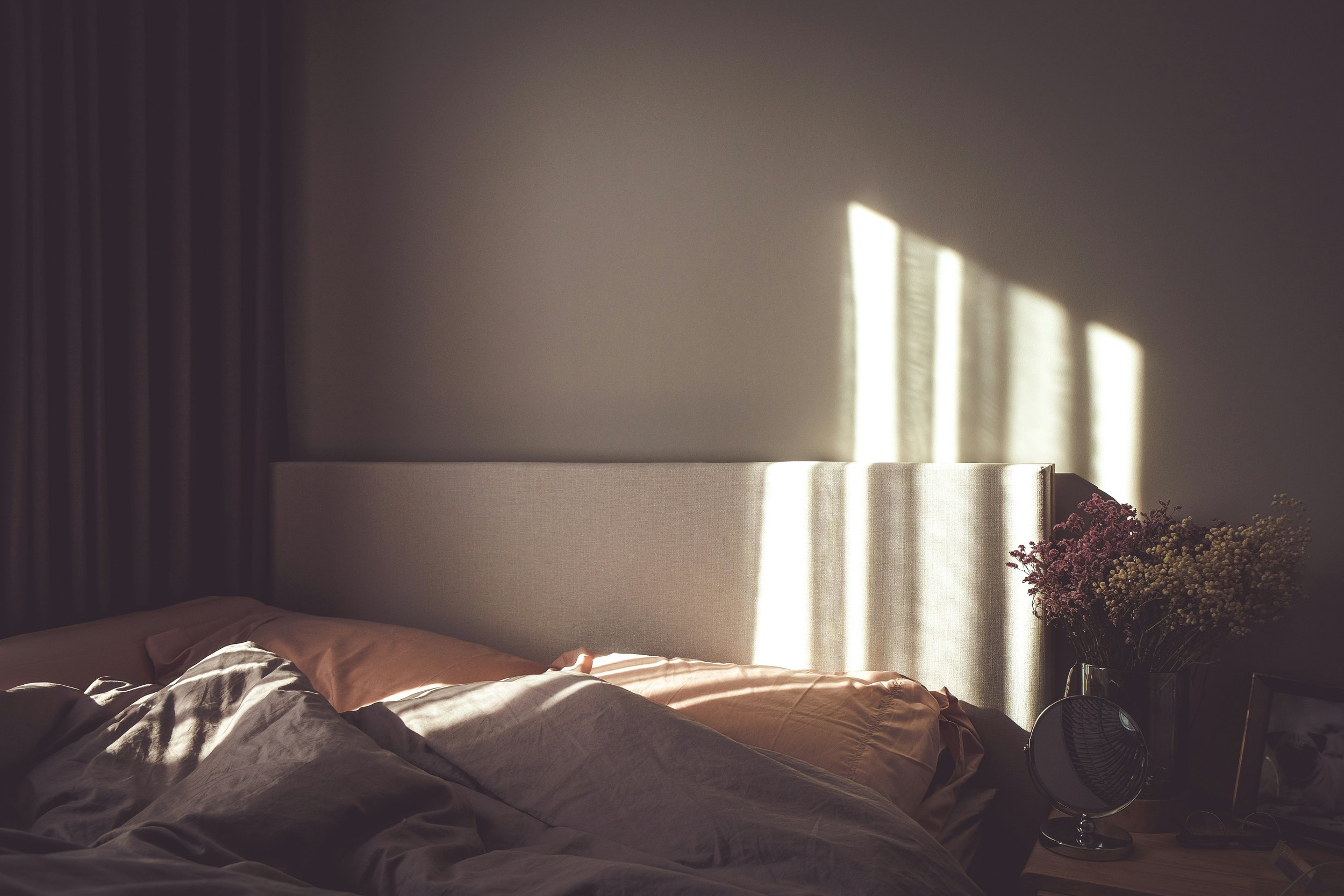How Can I Fall Asleep Faster?
"Is there any breathing technique that will help me fall asleep quicker?" This is the number one question we get asked in our workshops, retreats, and training sessions.
In this article, I will share three very simple breathing exercises that can hopefully help you fall asleep faster. These techniques are simple and free, and most of our students report a significant improvement in overall sleep quality after practicing them.
Sleep patterns have changed dramatically over the centuries. While people routinely slept eight to nine hours a day in the past, new sleep polls estimate that only about 26% of the population is getting enough sleep today. The numbers keep going down, and it's a worrying trend.
Even more concerning is the decrease in sleep quality among young people. Data from the US suggests that 73% of high school students are not getting enough sleep. This lack of sleep has a cascade effect on mental and physical well-being, especially impacting stress levels, cognitive function, anxiety, and emotional stability.
Sleep and Functional Breathing
Sleep, along with nutrition, movement, and breathing, is one of the main pillars of well-being and longevity. These elements are all interconnected, especially sleep and breathing.
Modern science hasn't yet fully unraveled the purpose of sleep or its precise physiological relationship with the autonomic nervous system. However, substantial research confirms a strong link between the quality of sleep and breathing. The vast majority of people suffering from poor sleep do so because of poor breathing.
According to James Nestor, author of the bestselling book “Breath: The New Science of a Lost Art,” a significant percentage of us choke on ourselves every night—a phenomenon known as sleep apnea. Some suffer from Upper Airway Resistance Syndrome, a condition that causes chronic airway resistance without qualifying as sleep apnea but can have similar negative effects. Around half of us snore, at least occasionally.
Nestor explains that insomnia is often caused, at least in part, by sleep apnea or other breathing issues, as the two tend to go hand-in-hand. Insomnia is frequently treated with drugs, including antidepressants, but these are often ineffective. Why? Because insomnia, for many people, isn’t a psychological problem but a breathing problem.
If you are serious about improving your sleep, consider looking at your breathing.
You might ask yourself, how do I know whether I am breathing correctly or not while I sleep? There are a few signs to watch out for, such as dry mouth, teeth grinding, brain fog, sore tongue, and waking up tired.
Sleeping with an open mouth is one of the main habits you should try to break if you want to sleep better. Research estimates that 50-60% of people sleep with their mouths open. A helpful technique to address this is taping your mouth with a micropore surgical tape. Start gradually by using the tape during the day before you try it at night to get used to it.
Three Simple Breathing Exercises For Sleep
Let me introduce three very simple breathing exercises you can do before going to bed. The more regularly you practice these exercises, the more effective they will become, especially Coherent Breathing. You can choose to do any one of them or combine them for better results.
Breathing Technique 1: Slow, Deep, and Light Breathing Through the Left Nostril
"Slow" means taking fewer breaths, "light" means inhaling and exhaling gently with less air, and "deep" means breathing fully into your belly (feel your ribs expanding outward as you inhale). Breathing in and out through the left nostril lowers heart rate and blood pressure while stimulating the right side of the brain, creating a calming and relaxing effect.
Come into a comfortable sitting position or lie down
Breathe in slowly, lightly, and deeply through the left nostril
Exhale slowly through the left nostril
Repeat
Time: 5 minutes
Breathing Technique 2: Coherent Breathing
The purpose of coherent breathing is to foster equanimity, balance the autonomic nervous system, increase Heart Rate Variability (HRV), and help you move out of your head. This is an exercise you can do regularly during the day; it's not just for sleep. However, it can definitely help with winding down.
Come into a comfortable sitting position or lie down
Inhale through the nose for 6 seconds
Exhale through the nose for 6 seconds
Repeat
Time: 5-10 minutes
Adjust the time of the breath cycle if this exercise is too difficult or easy for you, but try to keep the same ratio.
Breathing Technique 3: 4-8-8 Breathing
You can use slow breathing not only to lower your heart rate but also to calm your mind and prepare your body for restful sleep. This technique is even slower than coherent breathing and, for many people, more effective in promoting deep, restorative sleep.
Come into a comfortable sitting position or lay down
Inhale through the nose for 4 seconds
Hold for 8 seconds
Exhale through the nose for 8 seconds
Repeat
Time: 5-10 Minutes
You can use an App called Paced Breathing to time the practice. Adjust the time if this exercise is too difficult or easy for you, but try to keep the same ratio.


